The Australian Institute of Aboriginal and Torres Strait Islander Studies (AIATSIS) is an Indigenous-led, national institute that celebrates, educates and inspires people from all walks of life to connect with the knowledge, heritage and cultures of Australia’s First Peoples.
But it wasn't always like that.
Sixty years ago a group of white academics met at the Australian National University to discuss the state of Aboriginal studies in Australia.
The conference, convened by anthropologist and Emeritus Professor WEH Stanner, recommended a national institute be established to record Aboriginal cultures ‘before those traditions perished in the face of European ways’.
So how did a national institute evolve from one that recorded ‘disappearing cultures’ to one that reflects the resilience of Aboriginal and Torres Strait Islander Australians and serves to support cultural survival and resurgence?
The history of AIATSIS is as much a history of the changing relationship between Australia’s First Peoples and the Australian nation. It’s a history that spans sixty years of political and social transformation led mainly by Aboriginal and Torres Strait Islander peoples and allies.
Take a look back at this journey.

‘All Aboriginals will live as do White Australians’
Assimilation policies in Australia are the prevailing canons. Their purpose is to ‘absorb’ Aboriginal and Torres Strait Islander peoples (at least those who are capable of becoming ‘civilised’) into mainstream society. Racist categories based on blood quantums are used to determine the degree to which an Aboriginal and or Torres Strait Islander person can be ‘civilised’.
Image: Mission station at Bethesda Killalpaninna, SA. Photograph by Lutheran Church of Australia, AIATSIS Collection, LUTHERAN.001.BW-N06500_24
‘Study them before they perish’
In the mid twentieth century there is a growing global interest in recording cultures ‘before they disappeared’. The consequence of colonialism is seemingly inevitable and the minds of anthropologists are occupied by the need to ‘preserve from oblivion the culture and language of many peoples whose way of life, traditions or means of expression can help us to gain insight into the past of the human inhabitants of our planet.’
Much scholarly thought is still under the influence of social Darwinism which positions cultures and people along an evolutionary scale from ‘primitive’ to ‘advanced’.
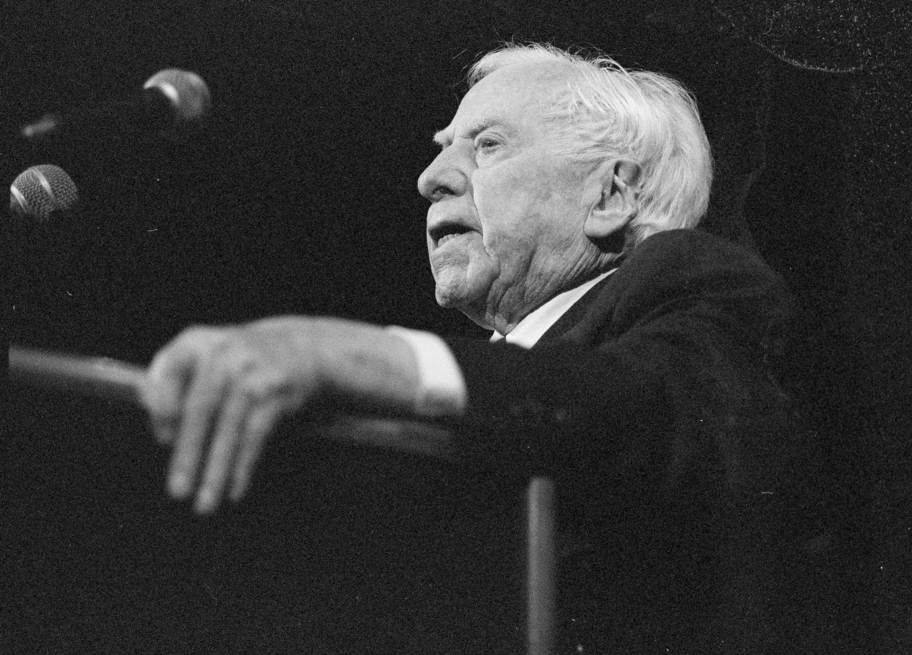
Against this backdrop, Liberal parliamentarian WC Wentworth proposes — by way of a Cabinet submission — a more comprehensive approach to the recording of Australian Aboriginal and Torres Strait Islander peoples and cultures.
Image: W. C. Wentworth Introducing the Wentworth Lecture, 2000. AIATSIS Collection, AIATSIS.211.BW-N06749_22
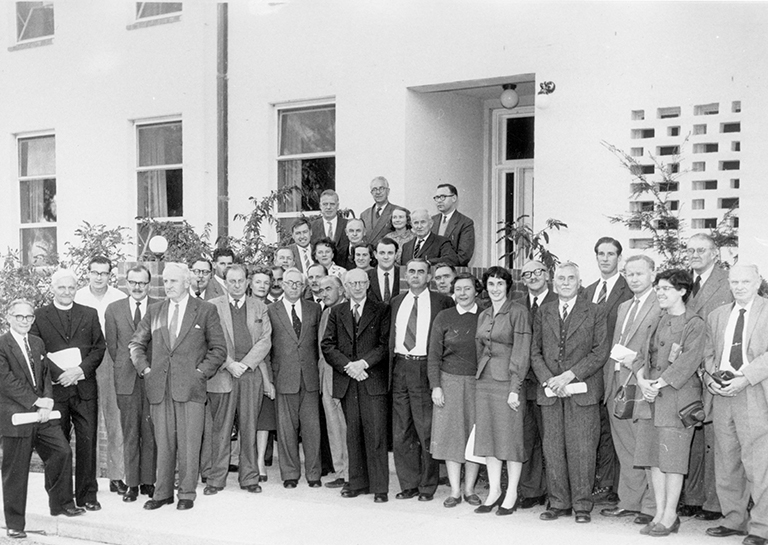
In 1960, a Cabinet sub-committee appoints anthropologist WEH Stanner to organise a conference to consider ‘the state of Aboriginal studies in Australia.’
In 1961, fifty five academics and anthropologists attend the conference and recommend that a national institute be established.
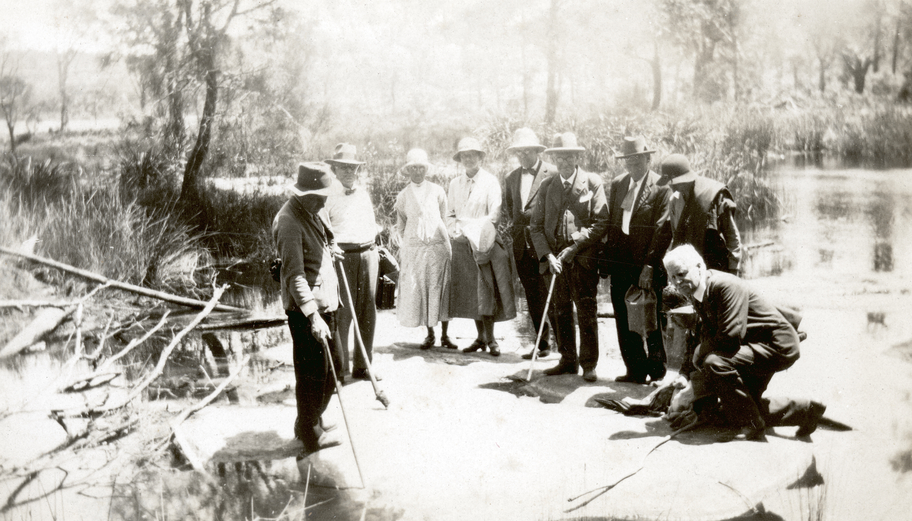
Through an Act of Parliament, the Australian Institute of Aboriginal Studies (AIAS) comes into being.
Wentworth’s intent is to establish an institute with a purely academic focus to record the language, song, art, material culture, ceremonial life and social structure of Aboriginal people.
With an emphasis on ‘traditional’ culture most of the research that AIAS auspices takes place in remote Australia. Aboriginal and Torres Strait Islander peoples are positioned as ‘informants’ to this research.
Image: Anthropological Society viewing axe grooves at South Creek, Narrabeen, NSW, 1932. Photograph by BL Hornshaw, AIATSIS Collection, HORNSHAW.B01.BW-N06794_09
Activism and rights
During the 1960s and 70s there is a growing wave of Aboriginal and Torres Strait Islander political and social action. The voices of Aboriginal and Torres Strait Islander peoples are getting louder and more insistent, and White Australia begins to listen.

The Yolngu people from Yirrkala in north-east Arnhem Land (Northern Territory) present the Australian Parliament with a bark petition. Written in both Yolngu Matha and English, the petition protests the issuing of bauxite mining leases on Yolngu land.
Image: Yirrkala artists, Dhuwa moiety.Yirrkala Bark Petition 14.8.1963 46.9 x 21 cm, natural ochres on bark, ink on paper House of Representatives, Canberra.
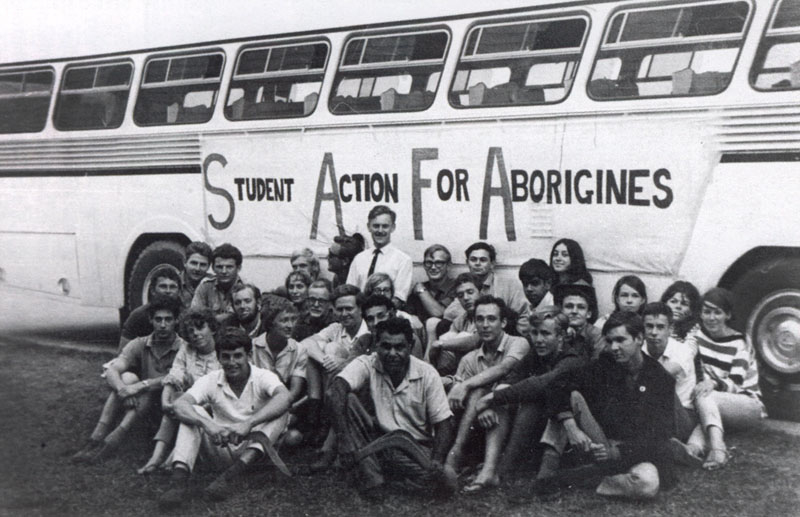
A group of Sydney University students, led by Charles Perkins, set out on a 15-day Freedom Ride to draw attention to the appalling living conditions and racism that is rife in New South Wales country towns.
Image: The SAFA group in front of their hired ‘Freedom Ride’ bus. Photograph reproduced with permission of Wendy Watson-Ekatein (nee Golding) and supplied by Ann Curthoys.

Following years of campaigning by Aboriginal and Torres Strait Islander peoples and allies, more than 90 per cent of Australians vote ‘Yes’ to remove two references in the Australian Constitution which discriminate against Aboriginal people.
The changes brought on by the 1967 Referendum give the Commonwealth Government power to make laws specific to Aboriginal people and to allow for Aboriginal people to be counted in the census.
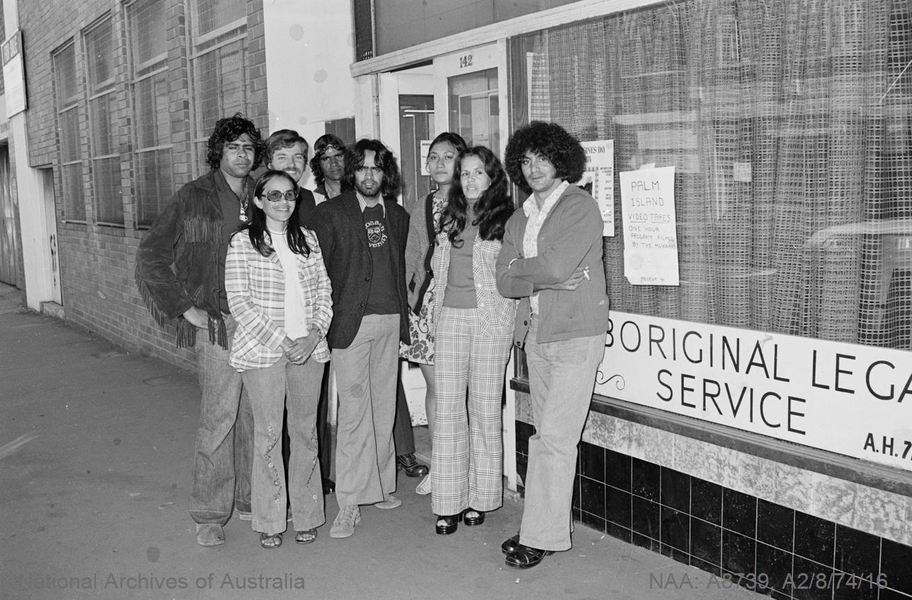
During the 1970s the urban areas of Fitzroy and Redfern become hotbeds of Aboriginal agency. Aboriginal medical and legal services are established and new creative platforms like The Black Theatre emerge.
Image: Gary Williams, Lyn Thompson, Alan Cameron, (unidentified), Gary Foley, Louisa Williams, Ann Weldon and Billy Craigie in front of the Aboriginal Legal Service, Redfern, 1974. Image courtesy of the National Archives of Australia, NAA, A8739, A2/8/74/15.
Philip Roberts becomes the first Aboriginal member appointed to the AIAS Council.
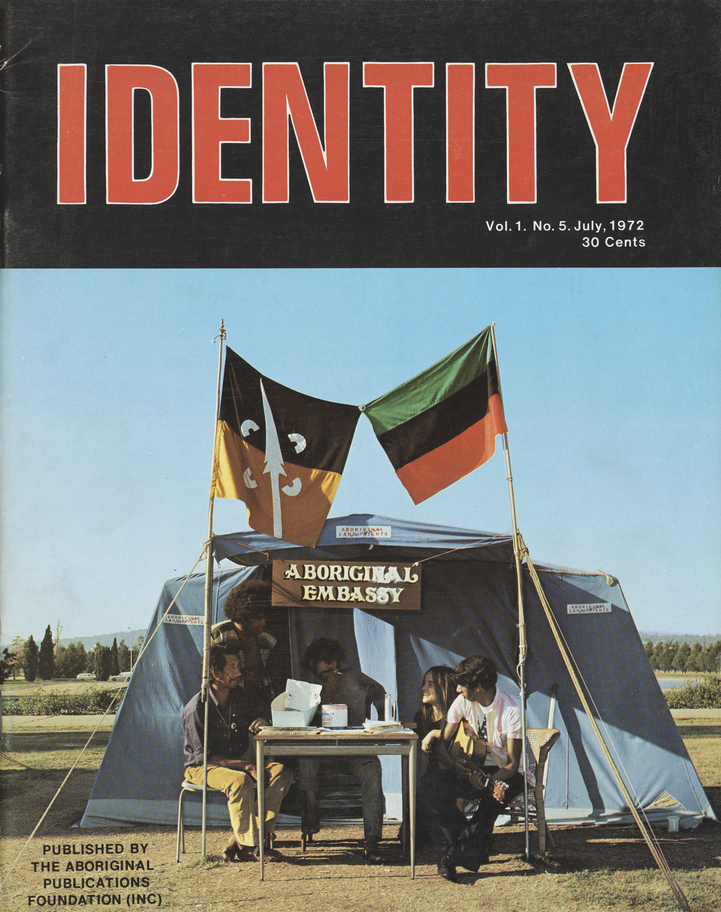
The first national magazine managed by Aboriginal and Torres Strait Islander peoples is published. Identity magazine provides a space for Aboriginal and Torres Strait Islander peoples to engage in robust political debate about Aboriginal affairs.
Image: Cover of Identity, Vol. 1, No. 5, July 1972, featuring a photograph of Ambrose Golden-Brown, Alan Sharply and others at the Aboriginal Tent Embassy, Canberra.

Senator Neville Bonner is the second Aboriginal person to be appointed to the AIAS Council. He serves on Council until 1974 and for a second term in the late 1970s. Senator Bonner is the first Aboriginal person to sit in the Commonwealth Parliament.
The appointment of Roberts and Bonner reflects a growing pressure for more Aboriginal representation within the Institute.
Image: Senator Neville Bonner, circa 18 December 1979. National Archives of Australia.
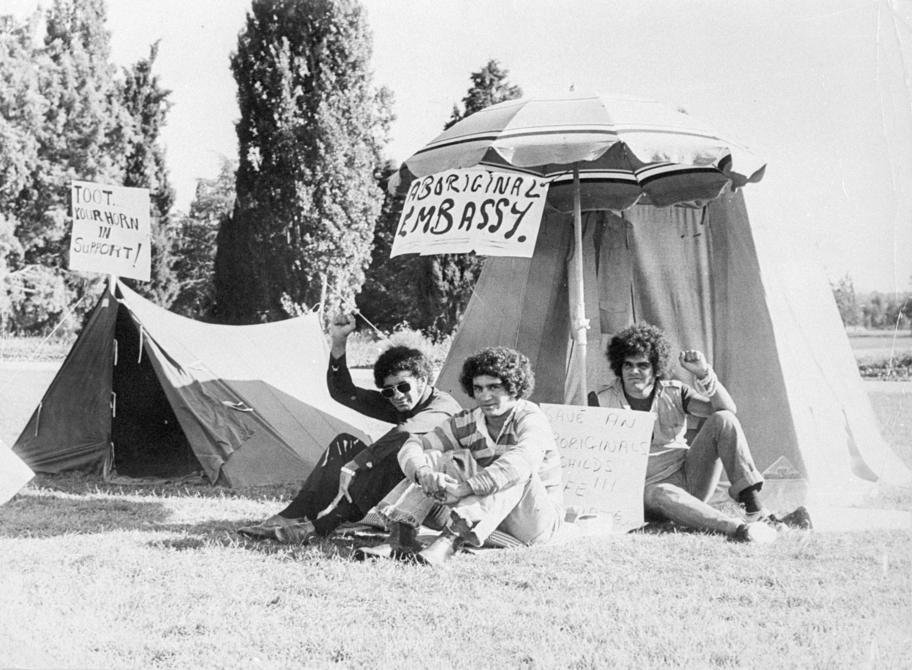
Four Aboriginal men (Michael Anderson, Billy Craigie, Tony Coorey and Bertie Williams) erect a tent on the lawns of old Parliament House demanding that the government grant land rights to Australia’s First peoples.
Image: Michael Anderson, Billy Craigie and Bert Williams sitting outside the Tent Embassy. AIATSIS Collection, IDENTITY.001.DF-D0002919
Self-determination becomes government policy following the election of the Whitlam government in December 1972.
In its most basic form self-determination is about the rights of peoples to freely determine their political status and freely pursue their economic, social and cultural development.
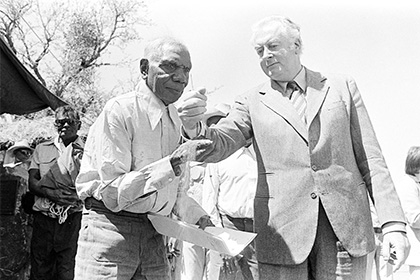
In 1972 Australian Prime Minister Gough Whitlam poured earth into the hands of Vincent Lingiari in a symbolic gesture of returning lands back to the Gurindji people. Courtesy of the National Archives of Australia.

Under the pseudonym of Eaglehawk and Crow, five Aboriginal and one non-Aboriginal person send a letter of protest about a 17-day conference organised by the AIAS.
The authors of the letter call for greater Aboriginal involvement in the running of the Institute and for greater Aboriginal control over commissioning and funding of research.
‘…the conference will, at best, provide an opportunity for academics to come together, socialize, exchange esoteric facts and abstract theories about their “fascinating subject matter”’.
‘It’s a scandal when they have invited the intellectual elite of the country and people from overseas to attend the conference but they won’t have any Aborigines there…In future they will have to get their information on the Aboriginal culture from someone else because we are not going to give it to them’. — Charles Perkins in response to the situation.
This document represents a seminal moment in the evolution of the Institute.
In 1974, the AIAS Council approves initial funding for the training of Aboriginal people involved in Institute research projects.
The Prime Minister of Australia, Malcolm Fraser and his government enact the Aboriginal Land Rights (Northern Territory) Act. This Act allows for Aboriginal people in the Northern Territory to claim rights to their traditional lands.
Adhi Ephraim Bani is the first Aboriginal and Torres Strait Islander person to be appointed to the AIAS Council.
Recognition and reconciliation
The 1980s and 90s herald a new era of reconciliation and recognition of Aboriginal and Torres Strait Islander rights. Australians come together to acknowledge and say sorry for the pain and loss experienced by Aboriginal and Torres Strait Islander peoples. A number of organisations emerge with a key focus on reconciliation efforts.

On 20 May 1982, Koiki Mabo and fellow Mer Islanders, Reverend David Passi, Celuia Mapo Salee, Sam Passi and James Rice begin their legal claim in the High Court of Australia for ownership of their lands on the island of Mer.
That same year the Institute establishes a task force to look at ways to increase Aboriginal and Torres Strait Islander employment at the Institute. At the time, there are four Aboriginal staff members making up around 7 per cent of the total staff.
Image: Eddie Mabo. Image courtesy of the Mabo family.
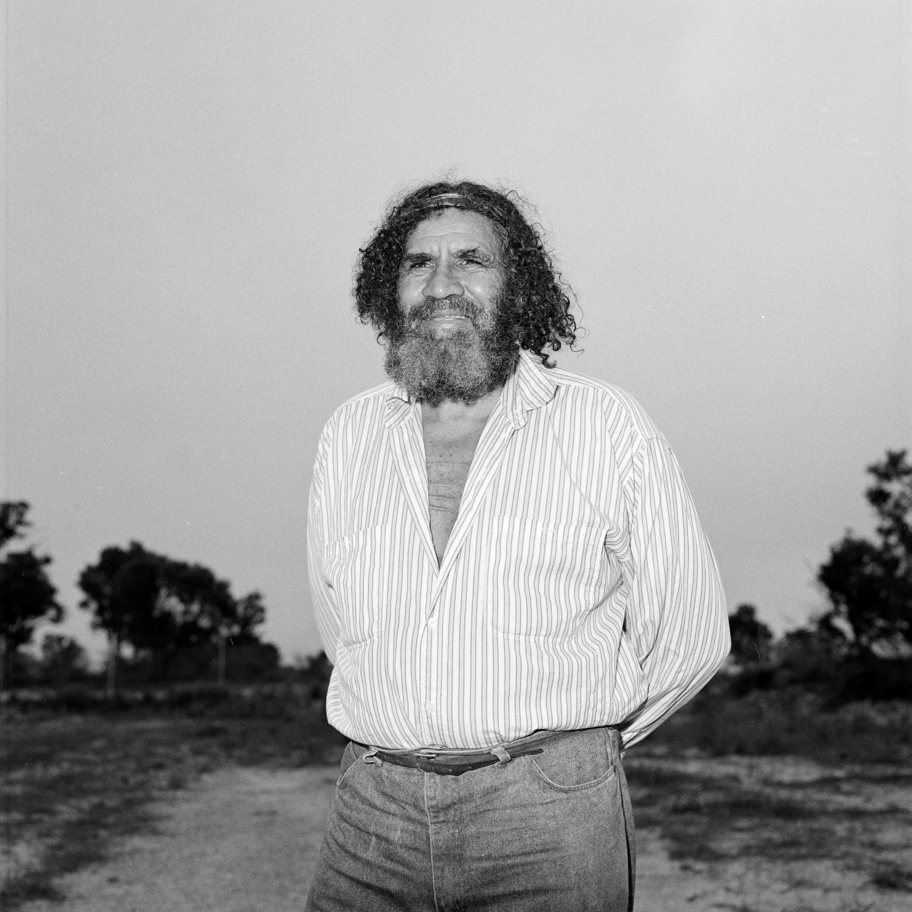
Mr Ken Colbung AM MBE becomes the first Aboriginal chairperson of the AIATSIS Council.
Image: Ken Colbung, 1998, Perth, WA. Photograph by Kevin Ballantine, AIATSIS Collection, PERTH.001.BW-B00985_03.
Governor-General Sir Ninian Stephen passes over the title deeds to Uluru (formerly known as Ayers Rock) to the traditional owners. Five minutes later, the traditional owners sign an agreement leasing the park back to the Australian Parks and Wildlife Service for 99 years.
In 2019 this sacred Anangu site is closed to climbing.
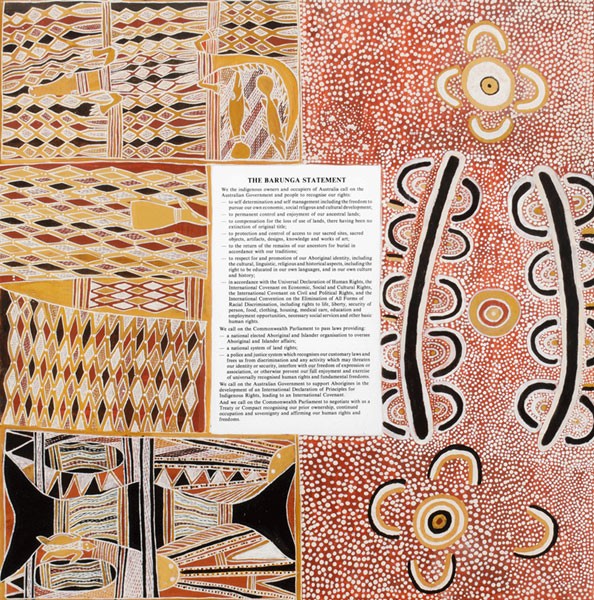
The Northern and Central Land Councils present the Barunga Statement to Prime Minister Bob Hawke as a declaration of the aspirations of ‘the Indigenous owners and occupiers of Australia’ and a request to the Australian Government and people to ‘recognise our rights’.
The Prime Minister responds with a commitment to a negotiated treaty with Aboriginal people. It is a commitment that is not kept.
The Barunga Statement 1988. Natural pigments on composition board with attached printed text on paper presented by the Central Land Council and Northern Land Council in 1988. Gifts collection, Parliament House Art Collection.

On 26 January thousands of Aboriginal and non-Aboriginal people from around Australia come to Sydney to protest against the invasion of Aboriginal lands and to celebrate their survival of 200 years of British colonisation.
Image: Reconciliation walk across Sydney Harbour Bridge on 28 May 2000. Photograph by C Moore Hardy, courtesy City of Sydney Archives.

The Australian Institute of Aboriginal Studies becomes the Australian Institute of Aboriginal and Torres Strait Islander Studies (AIATSIS). A new Act is passed which sees a reduced council of nine members with a mandatory minimum of five members being Aboriginal and/or Torres Strait Islander peoples.
In 2020, AIATSIS would name its building on Acton Peninsula 'Maraga'; a Ngunnawal word for a strong and robust shield.
The Aboriginal and Torres Strait Islander Commission (ATSIC) is formed which allows for Aboriginal and Torres Strait Islander peoples to be formally involved in the processes of government. In 2004 ATSIC is abolished.
The government establishes the Council for Aboriginal Reconciliation to promote reconciliation and advise the government on formal ways by which reconciliation could be achieved.
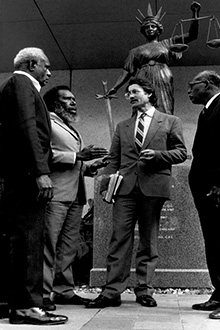
On 3 June, the High Court of Australia decides in favour of Koiki Mabo and his fellow plaintiffs. The ruling in this landmark case recognises in Australian law for the first time the rights of Aboriginal and Torres Strait Islander peoples to their lands based on their traditional connection to and occupation of their Country; a decision that counters the claim by the British that Australia was ‘terra nullius’ (land belonging to no-one).
Eddie Mabo with fellow plaintiffs outside the High Court of Australia. 'Land Bilong Islanders', courtesy of Trevor Graham-Yarra Bank Films.

That same year Marcia Langton, a prominent Aboriginal academic and activist becomes the first female Chair of the AIATSIS Council.
Image: Marcia Langton in an office, at the Australian Institute of Aboriginal Studies library, Canberra, 1983. AIATSIS Collection, AIAS.045.BW-N03050_17A.

Prime Minister Paul Keating delivers a speech in Redfern Park, Sydney. In it he acknowledges that ‘it was we [non-Aboriginal Australians] who took the traditional lands. We committed the murders. We took the children from their mothers. It was our ignorance and our prejudice. And our failure to imagine these things being done to us.’
Prime Minister Paul Keating delivering his Redfern Address, Redfern Park, 1992. Courtesy City of Sydney Archives.
The following year the Parliament of Australia passes the Native Title Act 1993 to create a system for Aboriginal and Torres Strait Islander peoples to make a native title claim over their lands.
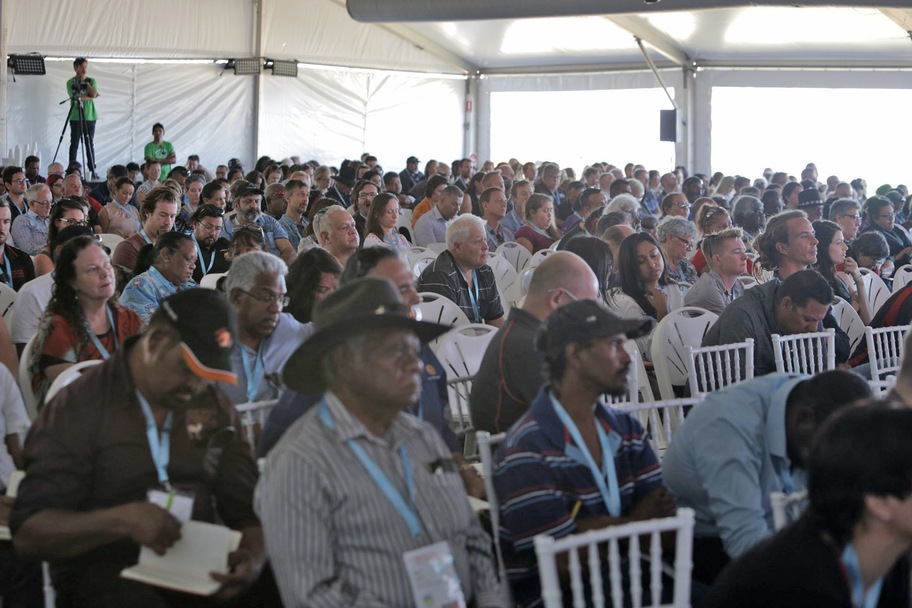
Following the passing of the Native Title Act, AIATSIS establishes the native title research unit.
The annual AIATSIS native title conference first convened in 2001 would grow from 200 attendees to more than 900 by 2018, becoming Australia’s largest Aboriginal and Torres Strait Islander policy conference.
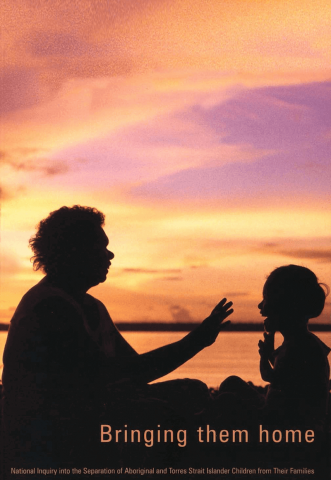
The Report of the National Inquiry into the Separation of Aboriginal and Torres Strait Islander children from their families is tabled in Federal Parliament. The report brings to light the extent and the devastating impact of forcible removal policies which had existed in Australia in one form or another for more than 150 years and as late as the 1970s.
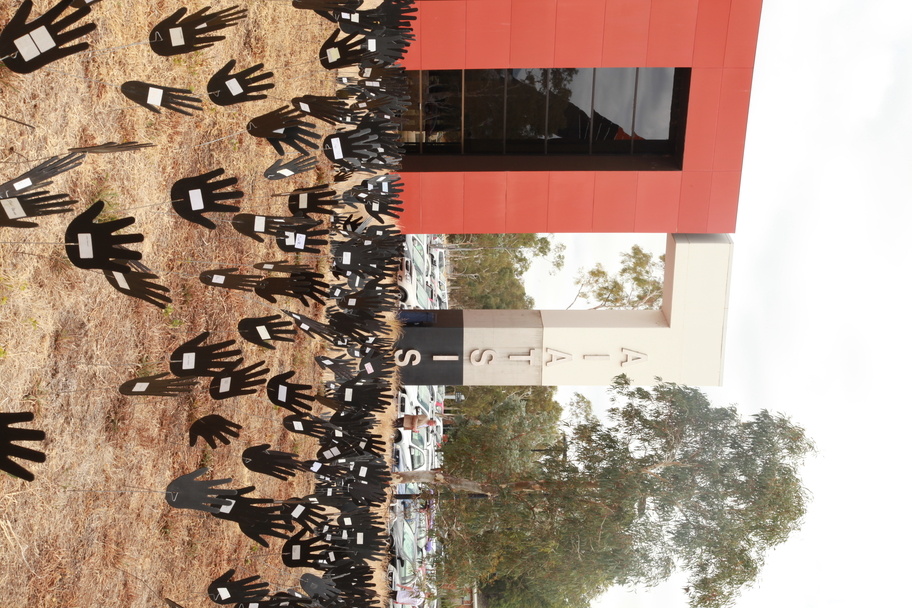
The first Sea of Hands is held outside Parliament House in Canberra where 70,000 people protested in opposition to the government’s proposed amendments to the Native Title Act of 1993. Since then the Sea of Hands installations have been used to symbolise solidarity with First Peoples across Australia. Almost 400,000 Australians have put their signatures on a hand in the Sea of Hands and created thousands of installations.

Thousands of Australians participate in the Sorry Book campaign which culminates in the first National Sorry Day on 26 May 1998. This grassroots movement is described as ‘the people’s apology’.
The public were invited to sign their names and leave messages in the Sorry Books that were circulated around Australia by ANTAR and networks of volunteers.
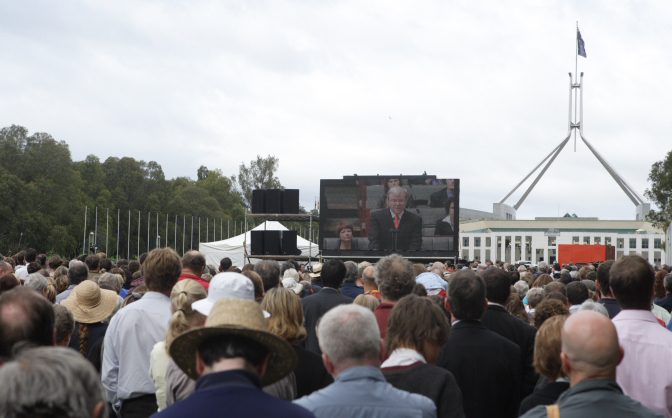
On 13 February, Prime Minister Kevin Rudd offers a formal apology to members of the Stolen Generations on behalf of the Australian parliament.
The National Congress of Australia’s First Peoples is created. The Congress provides a national voice for policy and decision-making.
The Australian Government establishes the Referendum Council to advise on progress and steps towards a successful referendum to recognise Aboriginal and Torres Strait Islander peoples in the Constitution.
In 2017 it delivers its final report the ‘Uluru statement from the heart’ which calls for a treaty with Aboriginal and Torres Strait Islander peoples and a process of truth-telling.

Mr Russell Taylor OAM retires as CEO of the AIATSIS. A Kamilaroi man, Mr Taylor is the longest serving CEO and Principal of the Institute having served two terms, the first from 1997 to 2003, and the second from 2009 to 2016.
The Australian Government provides $10 million over three years for the establishment of an Indigenous Research Fund. The fund, which is administered by the AIATSIS, supports Indigenous led research that has real and direct benefit to Aboriginal and Torres Strait Islander communities.
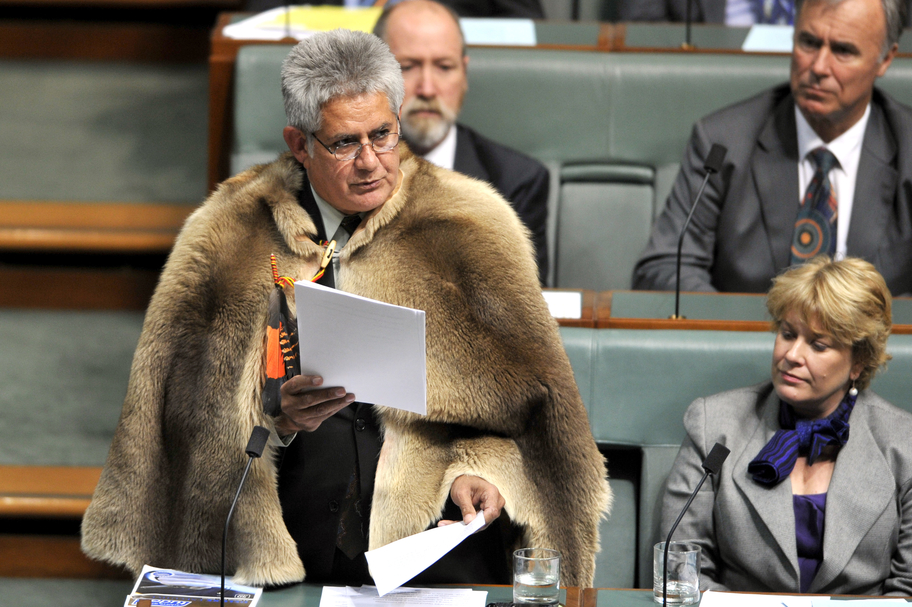
The Minister for Indigenous Australians, the Hon Ken Wyatt AM, MP is the first Aboriginal person to be appointed to this cabinet position.
Image: Ken Wyatt speaking in Parliament, Canberra, 2019. Courtesy Australian Associated Press.

The corona virus pandemic reaches Australian shores. Borders are closed and communities go into lockdown.

The government announces the introduction of the Return of Cultural Heritage Initiative. The program, led by AIATSIS with Aboriginal and Torres Strait Islander communities, facilitates and secures the return of Aboriginal and Torres Strait Islander cultural heritage material held in overseas collections.
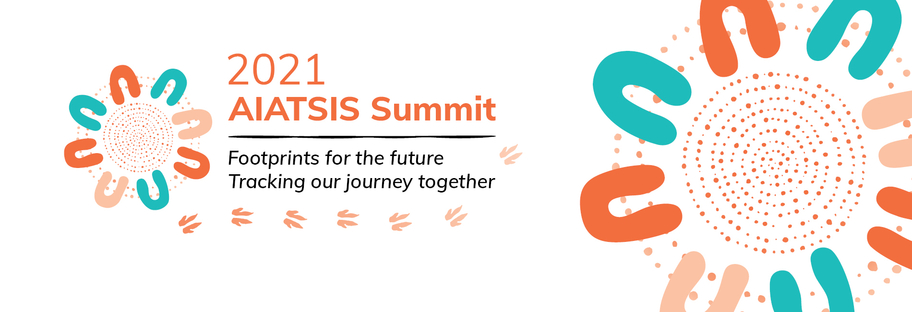
AIATSIS and the South Australian Native Title Services and Kaurna Yerta Aboriginal Corporation host the AIATSIS Summit. The Summit marks sixty years since the first conference that led to the establishment of the Institute.